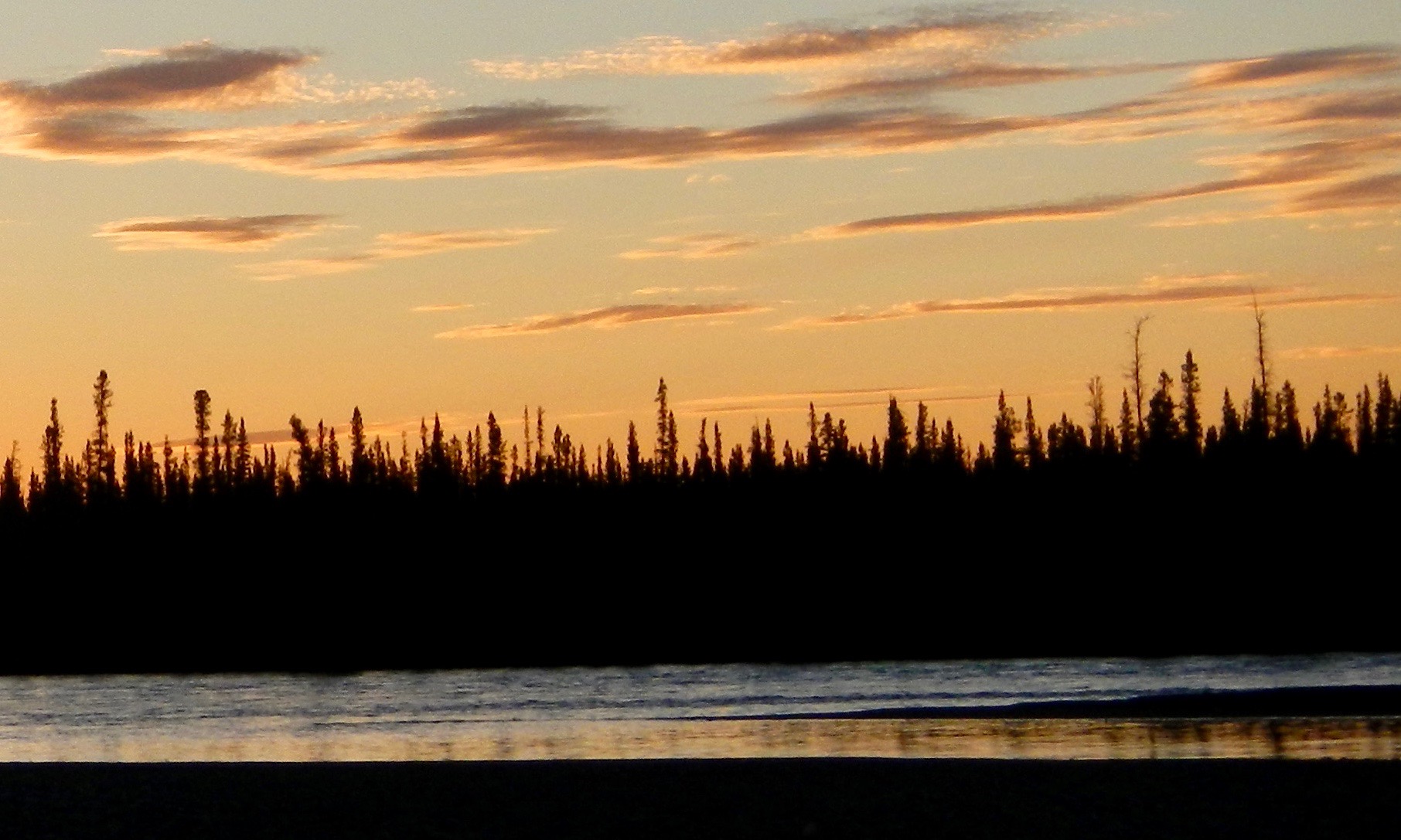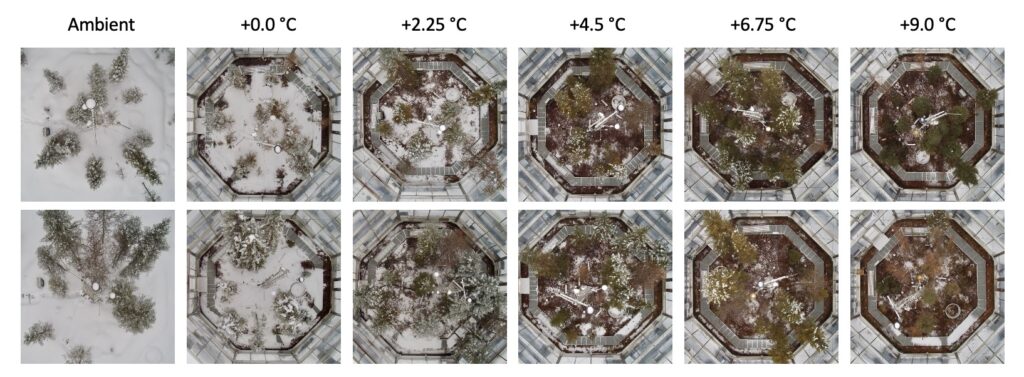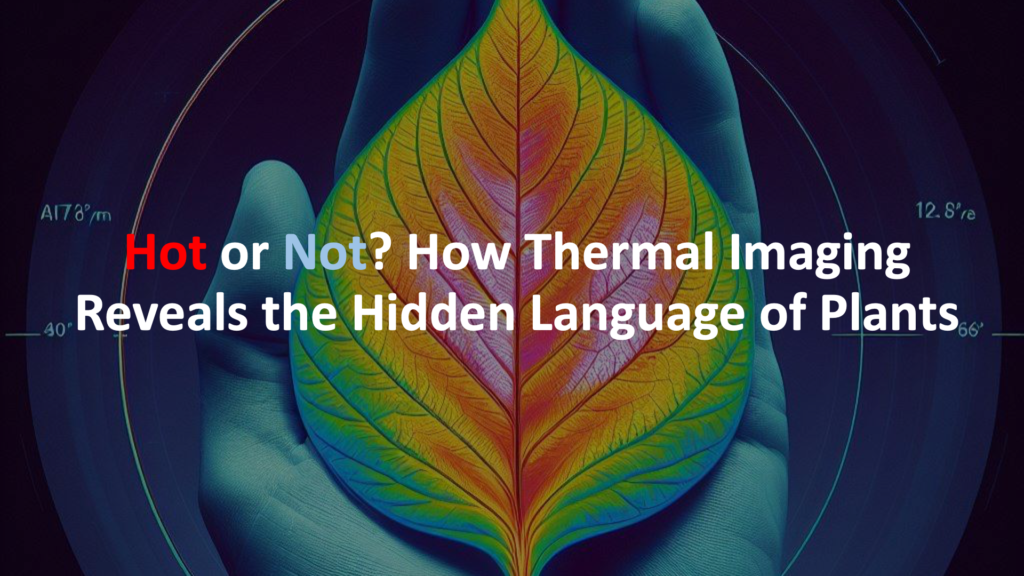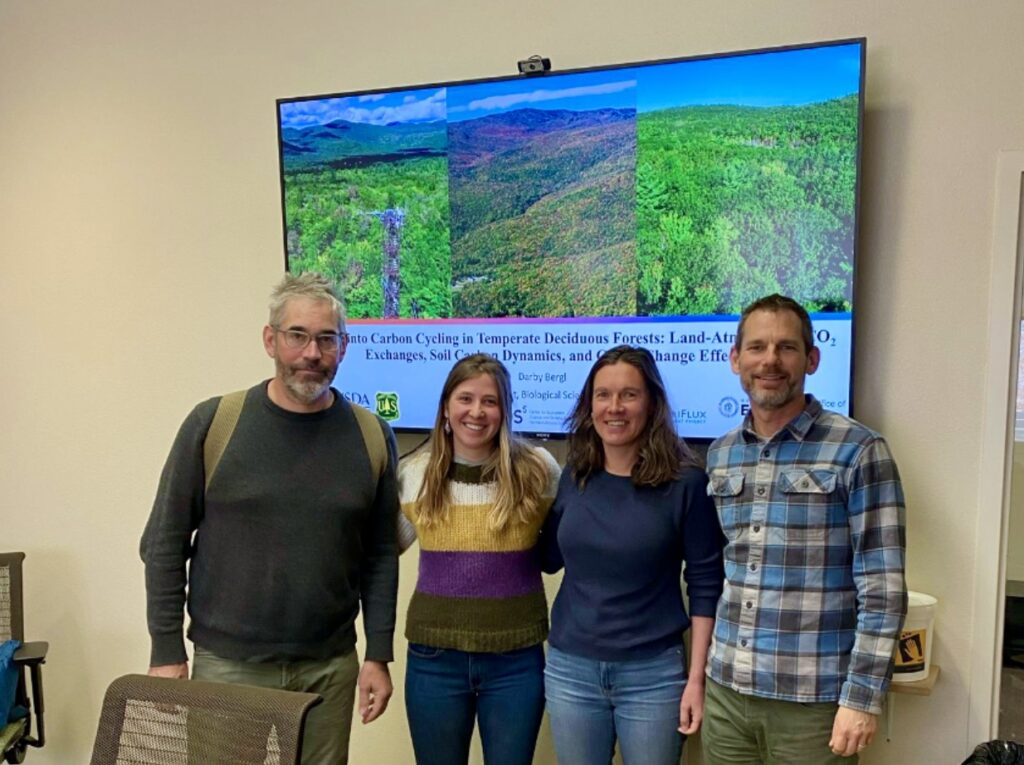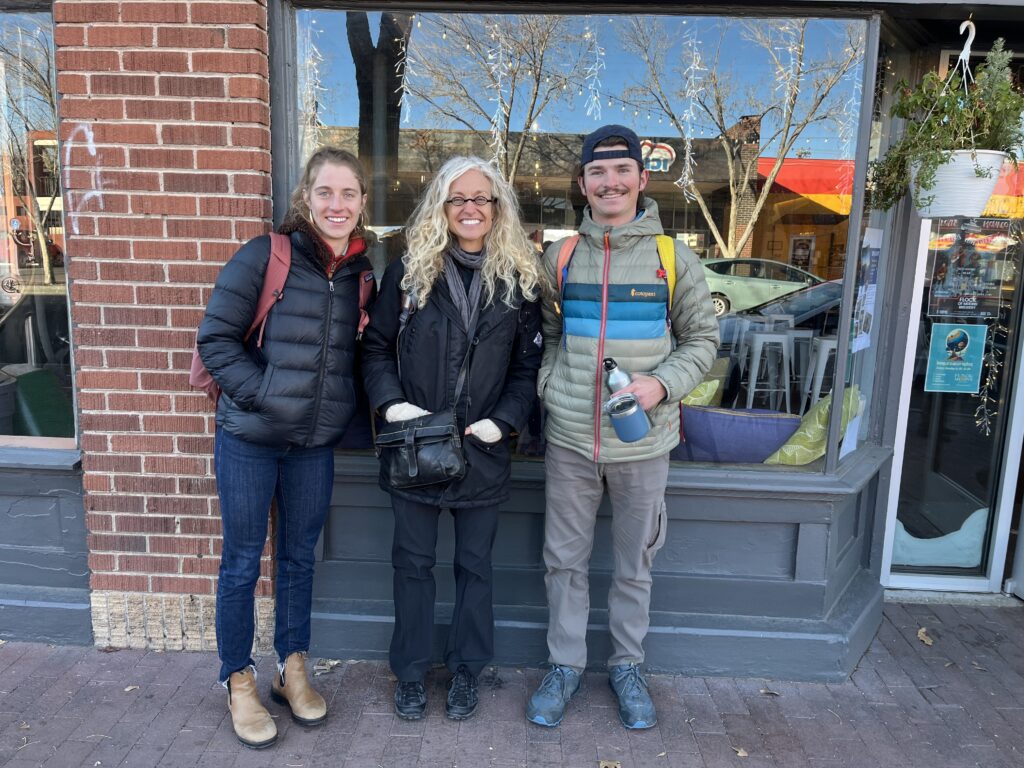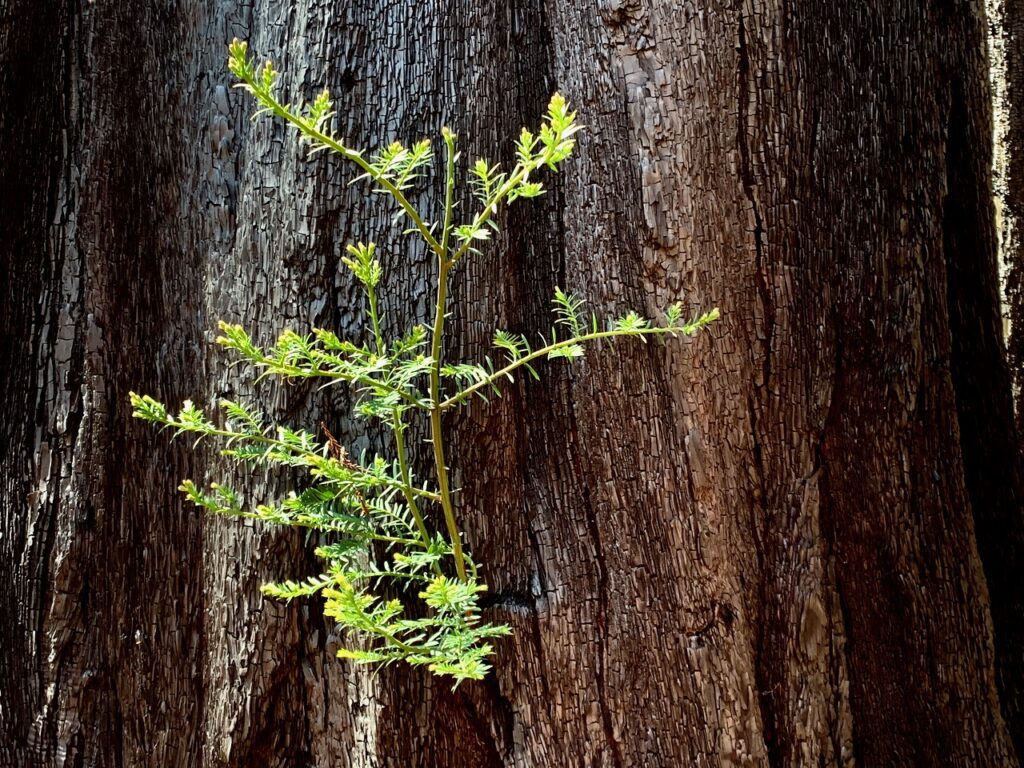Paul Stoy, a professor at the University of Wisconsin-Madison, and long-time collaborator on various FLUXNET projects, visited the lab for a week after spring break. Paul presented his ALIVE project, which uses high temporal frequency GOES-R data to model GPP in real time across North America, in the Ecoinformatics Seminar. In addition to meeting with many students and faculty at NAU, the lab organized a “tourist program” that included a visit to Walnut Canyon National Monument.
The photo below shows the large crowd that gathered for happy hour with Paul at Mother Road Brewing Co.

